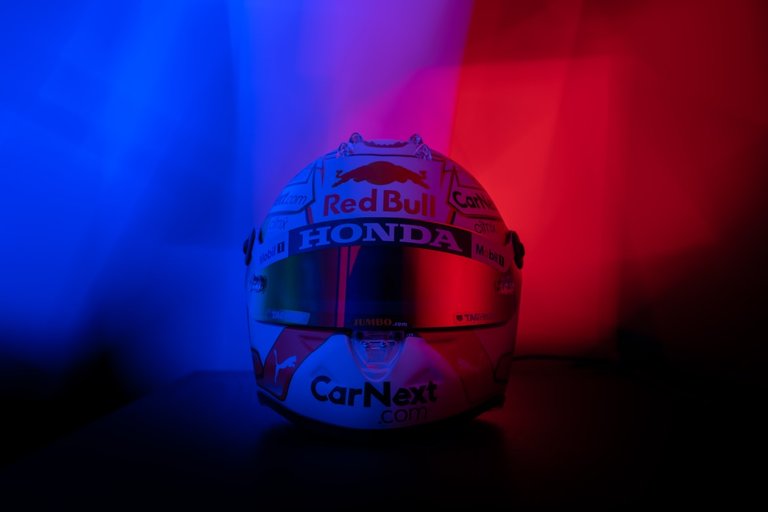So, the formula 1 is arguably one of the best sporting events currently held in the world. And it is also the fastest growing sport in recent years. Even 5 years ago, you wouldn't find so many formula one fans as many you can find today. And this explosion into the scene for formula 1 is mostly owed to social media, and a change in the formula 1 hierarchy which changed the brand forever.
The founder of formula 1 wasn't particularly a guy who wanted to make the absolute best out of his company. Because he neglected a big chunk of the world when it comes to engagement. He always preferred people with money instead of people with passion or genuine interest in the sport. And he completely ignored the growing potential that social media held. How social media engagement could actually boost formula 1. More like investing short term instead of long term.
As you would understand and old billionaire can't support the sport as much as a young millennial can do. In the sake of growth that is. So the marketing of formula 1 was also tailored to attract people with money. Well, there wasn't much marketing at all then. As a result formula 1 may had enjoyed a huge chunk of money and wealthy audiences to play with, but its' growth was limited to race hosting money and sponsorship deals and investments from those wealthy audiences. Among these, the sponsorship deals were running dry because the formula 1 wasn't getting much exposure towards people, not much popular, not many people care. While companies solely become sponsors of famous entities just to promote their own brand.
This all changed when Liberty Media bought the formula 1 group. They started from the ground up. Establishing data based results and researches first of all to determine which group of audience can be the best fit for formula 1. And what kind of a marketing can make it happen. The result was inevitable. Formula 1 finally logged online. YouTube, Twitter, Instagram and Facebook, formula 1 is everywhere. Making posts and posting videos online, to attract more younger audience. Formula 1 controls and produces all the raw video and other medias in house. So they have a 100% copyright on them. Using these they make striking videos and pictures and post them online for maximum engagement.
And these social media engagement marketing did work. Formula 1 was growing more and more popular among the younger generation. Who are obviously more fascinated by the speed and high intensity of motorsports more than the grown up boomers. This fame slowly brought back those decline sponsorship deals. Formula 1 started growing faster. Then came Netflix. Formula 1 signed a deal with Netflix giving full editorial freedom to produce a show for the sport. The "Drive to survive" series exploded massively and did exactly what it was supposed to do. It brought in more fans and literally boosted ticket sales. And obviously other merchandise are also in that list.
Formula 1 isn't just bound within the hosting city anymore. It is now a worldwide event watched by around half a billion viewers. Every Sunday, race day.
